
Crisis in Ethiopia: What you need to know and how to help
Here are four reasons why the International Rescue Committee’s Emergency Watchlist ranks Ethiopia as one of the countries most at risk of experiencing a worsening humanitarian crisis in 2024.

Here are four reasons why the International Rescue Committee’s Emergency Watchlist ranks Ethiopia as one of the countries most at risk of experiencing a worsening humanitarian crisis in 2024.
Ethiopia ranks on the IRC’s 2024 Emergency Watchlist as drought-stricken communities face the twin threats of conflict and the likelihood of El Niño-induced flooding. Although the ceasefire between the government and the Tigray People’s Liberation Front (TPLF) continues to hold in northern Ethiopia, other conflicts and regional instabilities persist, exacerbating humanitarian needs and heightening the risk of a resurgence of large-scale conflict.
While the overall count of individuals needing humanitarian aid dropped by about 8 million from the previous year, over 20 million still need humanitarian assistance to overcome challenges such as food insecurity, climate crises and the repercussions of various conflicts.
Read on to find out what risks Ethiopia is facing in 2024.
A prolonged drought rocked Ethiopia from 2020-2023, severely undermining the resilience of communities, particularly those in the country’s southern regions. It will take at least 5 years for pastoralists to begin earning a livelihood from their livestock again.
In 2024, most communities in Ethiopia’s northern, southern and southeastern regions are projected to face emergency or worse (IPC 4 and 5) levels of food insecurity. At IPC 4, households face extreme food shortages and the risk of hunger-related death rapidly increases. These communities are vulnerable to new shocks, highlighting the need for urgent humanitarian assistance.
The 2024 El Niño season is projected to bring heavy rains to Ethiopia’s climate-vulnerable regions, some of which experienced protracted flooding from September 2023 until March 2024. Additional flooding could kill livestock and cause crop losses, driving further food insecurity. Heavier rains will also contribute to the spread of mosquito-borne and water-borne diseases, like the ongoing nationwide cholera outbreak.
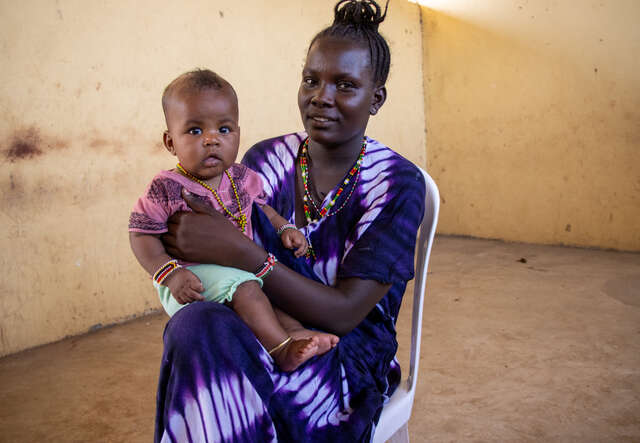
While the Ethiopian government resolved the conflict with the TPLF and has experienced relative peace since November 2022, lingering tensions in Western Tigray persist. Concurrently, discord in Oromia and Amhara regions has escalated. The prospect of heightened regional tensions looms, especially as Ethiopia eyes sea access and the enduring conflict in neighboring Sudan rages on.
With the government facing multiple conflict risks, increased violence (including gender-based violence) will continue to cause civilian harm and drive humanitarian needs as people are forced to flee their homes and livelihoods are disrupted.
ACAPS has already rated humanitarian access constraints to be “very high” (4 of 5) in Ethiopia. It is absolutely imperative that escalating tensions and conflict do not prevent the delivery of humanitarian aid. Resources are needed to rapidly scale up and sustain response efforts, including in areas where national systems and public infrastructure have been disrupted by conflict.
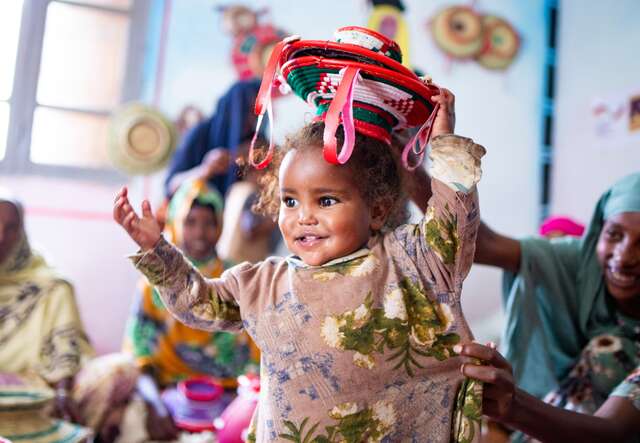
The conflict in Ethiopia's Tigray region—which officially ended in November 2022—hindered the nation's economy and impeded growth for two years. Any return to violence in Tigray or further escalation in regions like Oromia or Amhara would severely hamper the potential for economic recovery.
Although Ethiopia has seen some slowdown in the price hikes of essential goods, food inflation will likely remain high throughout 2024, keeping staple foods out of reach for many. The government's decision in September 2023 to eliminate a fuel subsidy is projected to escalate fuel prices, consequently impacting the cost of food.
Female farmers, who are already vulnerable to climate and economic shocks, are likely to be even more adversely affected by economic pressures given their limited access to productive assets, information, credit and technology.
The number of critically food insecure people will continue to grow over the next few months reaching a peak of 10.8 million during the July-September lean season. Heightened support is necessary to avert a humanitarian catastrophe.
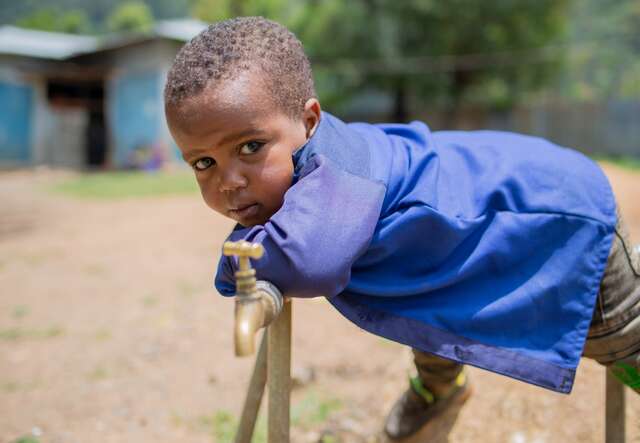
More than 100,000 refugees and Ethiopian returnees have crossed into Ethiopia from Sudan since fighting erupted in April 2023, putting pressure on refugee camps in the border region of Benishangul-Gumuz. Meanwhile, the number of Somali refugees in Ethiopia has increased as Somalia also faces risks related to persistent drought, floods and ongoing conflict.
These refugees and returnees are largely crossing into drought-affected areas of Ethiopia, placing further pressure on services and resources in these regions. Any further deterioration in the humanitarian situation in neighboring states will drive further population movements into Ethiopia, exacerbating existing needs.
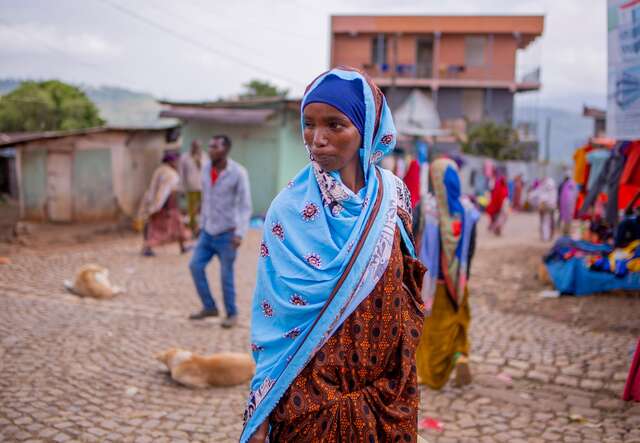
The IRC began providing services to Ethiopians in crisis-affected communities and underserved communities, as well as refugees hosted in the country, in 2000. Since then, the IRC has adopted a multifaceted approach that combines emergency relief with long-term resilience-building initiatives to respond to conflict and climate shocks in Ethiopia.
Our programming in Ethiopia encompasses emergency response, water, sanitation and hygiene, health and nutrition, education, protection and economic recovery. Our approach provides communities with immediate assistance and sustainable solutions, fostering self-reliance and resilience in local communities and refugee camps.
Learn more about the IRC’s work in Ethiopia.
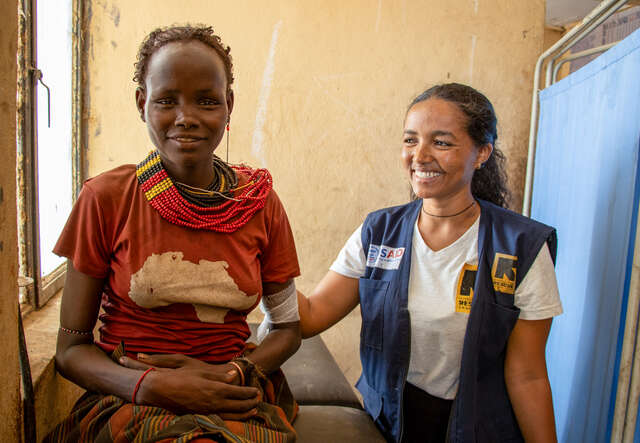
The IRC is working with partners to deliver critical emergency aid to families in Ethiopia and conflict zones around the world. Donate now to support our critical work. We are on the frontlines providing essential aid to crisis-affected people in more than 50 countries, including places on the 2024 Emergency Watchlist.
Read more about the top 10 crises the world can’t ignore in 2024 and download the full 2024 Emergency Watchlist report for profiles of all 20 crisis countries on the IRC's list.
*Last name excluded for privacy